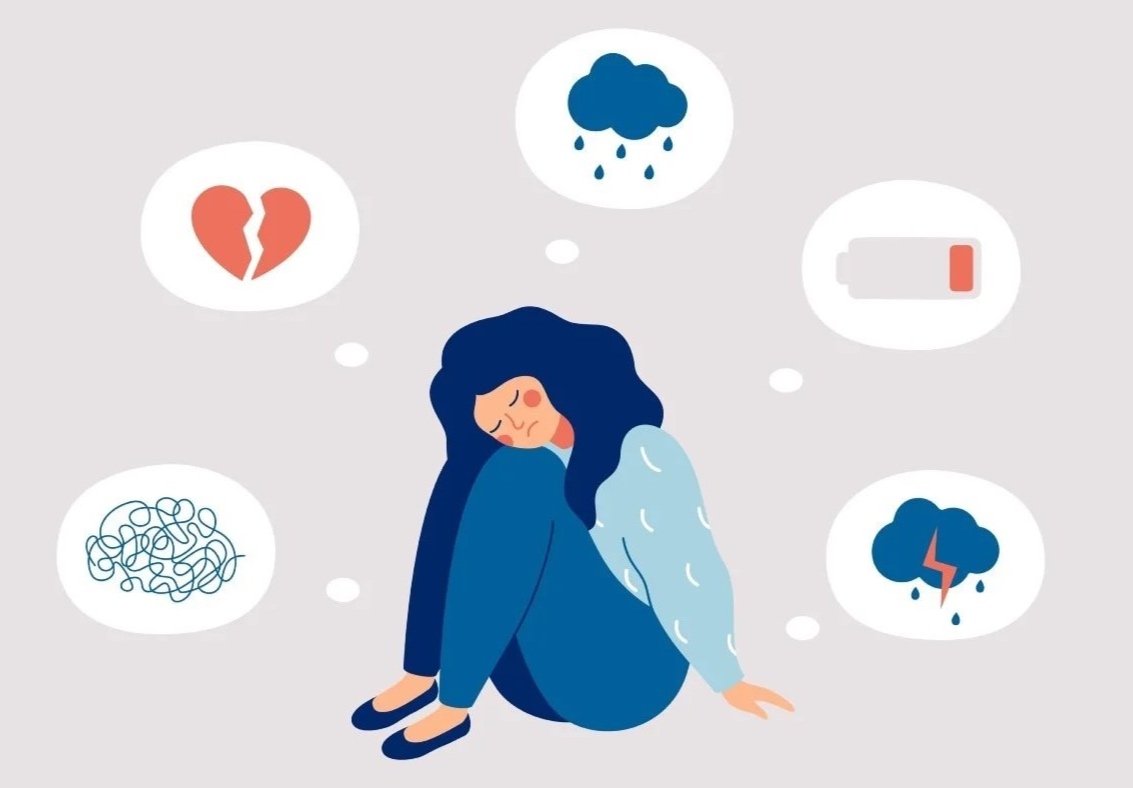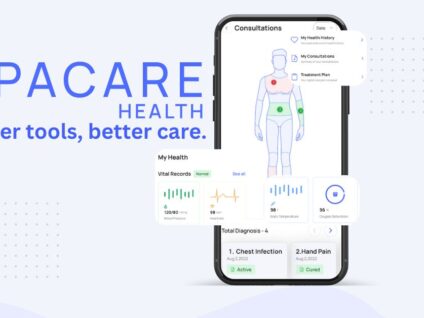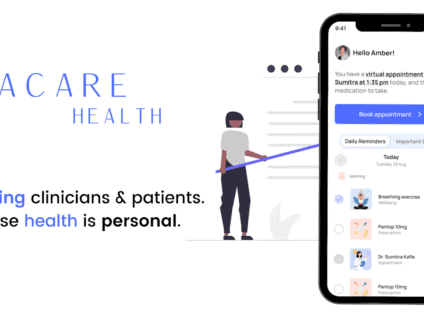Depression can affect anyone at any time. But What is Depression?
Depression is a common mental health condition that affects millions of people worldwide. It is characterized by feelings of sadness, loss of interest in activities and difficulty in carrying out daily tasks. People experience symptoms in different ways; common symptoms of depression include feeling sad, tired and irritable, and a lack of enjoyment or interest in everyday things. Your thinking is impacted when you are depressed and you may also experience physical symptoms. You may experience all or only one of these symptoms.
The term depression is typically used when one experiences a deterioration in their mood and any depressive symptoms, such as those listed above, consistently for two weeks.
What Causes Depression?
Depression is a complex mental health condition that can be caused by a variety and combination of factors. While the exact cause of depression is not fully understood, research suggests that it is likely to be a result of a combination of genetic, biological, environmental and psychological factors.
Genetic: Although one may not inherit depression as an illness, one may have an increased vulnerability to it based on their family history.
Hormonal: Changes in hormone production or functioning could lead to the onset of depressive states. Any changes in hormone states – including childbirth, thyroid problems, or other disorders could cause depression. With post-partum depression, mothers develop symptoms of depression after giving birth. It’s normal to be emotional because of the changing hormones, but postpartum depression is a serious condition.
Biochemical: Neurotransmitters in the brain specifically serotonin, dopamine, or norepinephrine affect feelings of happiness and pleasure and may be out of balance in people with depression.
Thinking: You may experience negative thoughts, which can often lead to inflexible thinking patterns. This can include overthinking, catastrophic thinking, making assumptions or over-generalising. Over time, these inflexible thinking patterns can trigger other depressive symptoms.
Loss: People can experience loss in different ways. This includes the loss of a loved one, the loss of a job, the loss of a relationship or friendship, or the loss of finances; all of which can impact one’s mood.
Stress: Stressful life events such as physical illness, moving house, financial difficulties, relationship difficulties, or significant changes in life circumstances can all trigger symptoms of depression.
Seasonal: As daylight hours get shorter in the winter, many people develop feelings of lethargy, tiredness, and a loss of interest in everyday activities. This condition was called seasonal affective disorder (SAD). Now it’s known as major depressive disorder with seasonal pattern. The condition also usually goes away once the days get longer.
Common Symptoms of Depression:
Here are a list of common symptoms of Depression that people may experience:
- A deterioration in mood (feeling sad, down, low)
- Feeling lonely
- Lack of interest in engaging in activities
- Lack of enjoyment from activities (with others, as well as with personal hobbies and interests)
- Lack of motivation
- Poor appetite or overeating
- Lack of interaction with others
- Poor sleep patterns (struggling to sleep, intermittent sleep, lack of sleep)
- Irritability
- Negative and destructive thoughts (“I’m not good enough”, “what’s the point?”, “no one likes me”, “I’m going crazy”)
- Lacking energy/tiredness
- Lack of concentration

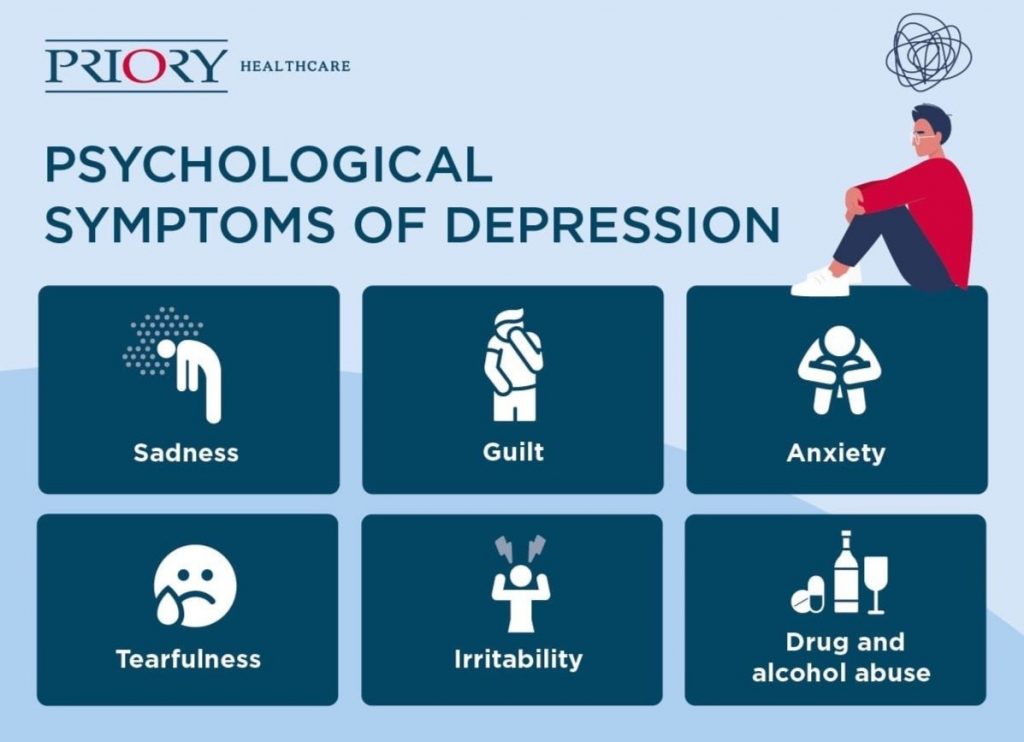
What Can I Do To Alleviate Symptoms?
When one feels depressed or is experiencing some of the symptoms of depression, they often describe themselves as “feeling trapped”. This can lead to reduced interaction or engagement with others, which can further add to the feeling of sadness and lack of energy. A typical thinking is – “I will do something when I feel better”. This leads to a vicious cycle of depression, as seen below.
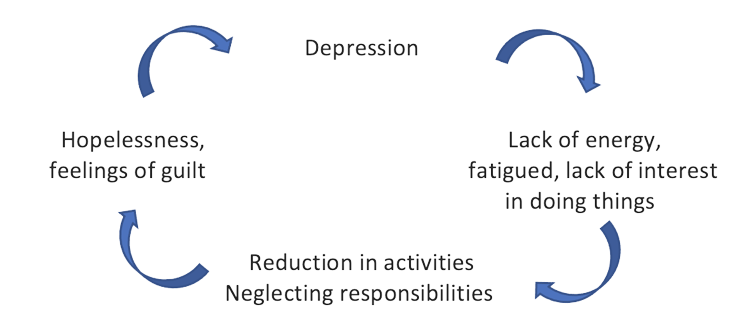
So how can you break free from this vicious cycle? Evidence suggests that when you increase your activity levels, your mood lifts. Exercise releases endorphins, which are chemicals in the brain that act as natural painkillers and mood elevators. It also increases the production of other brain chemicals, such as serotonin and norepinephrine, which are known to improve mood and reduce stress.
Reversing the vicious cycle of depression by increasing your activity levels can enhance your mood, decrease feelings of guilt, and increase feelings of hope and fulfilment.
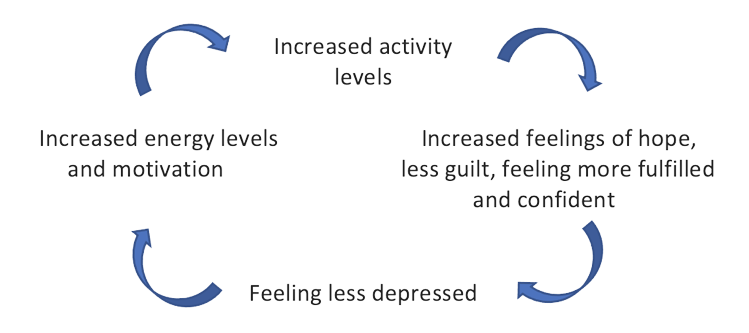
Top Tips:
Here are some tips on how to reverse the cycle of depression so that you can go back to feeling like your regular self!
- Regular physical exercise
- Meeting a friend/family member/colleague
- Going for a walk
- Going to the cinema
- Going shopping
- Watching a film/TV
- Listening to some meaningful music
- Playing a game
- Gardening
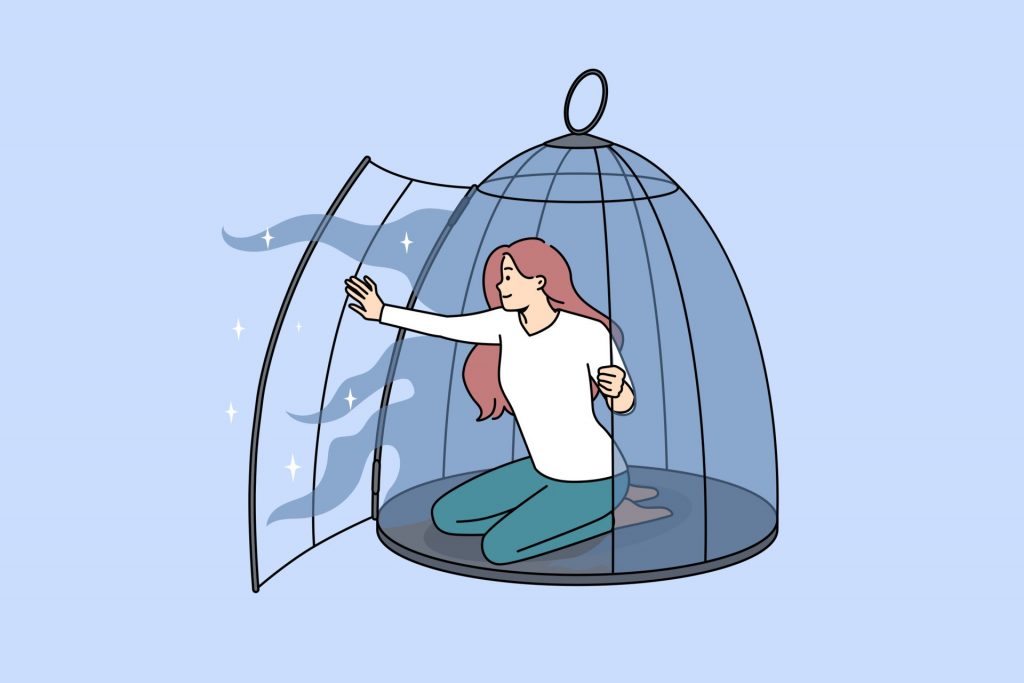
Remember: Everyone’s interpretation of happiness or sense of fulfilment varies from person to person. Don’t put too much pressure on yourself and make sure to pace yourself. It is important to note that physical activity should not be used as a replacement for other forms of treatment for depression, such as therapy or medication. Rather, it should be used as an additional tool to help manage symptoms.
For more informative articles and health tips, follow UpaCare Health and stay tuned for our blog!



